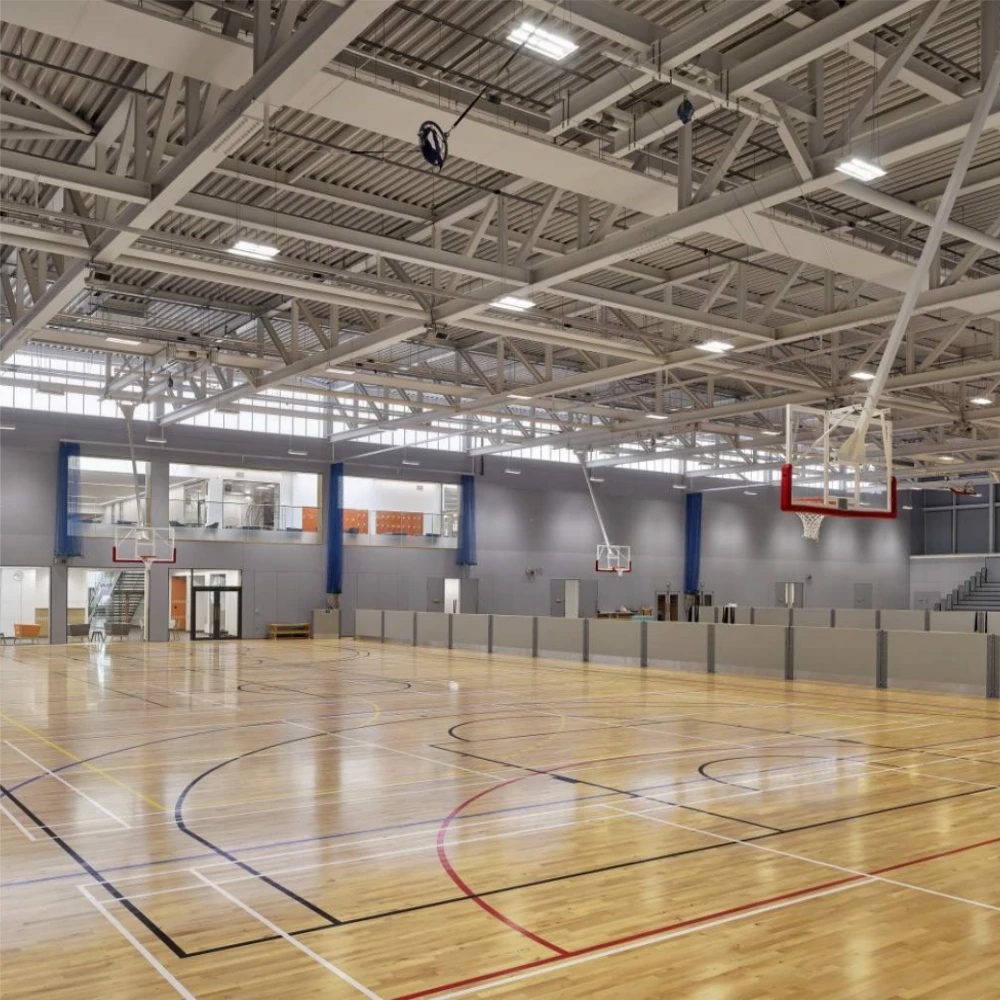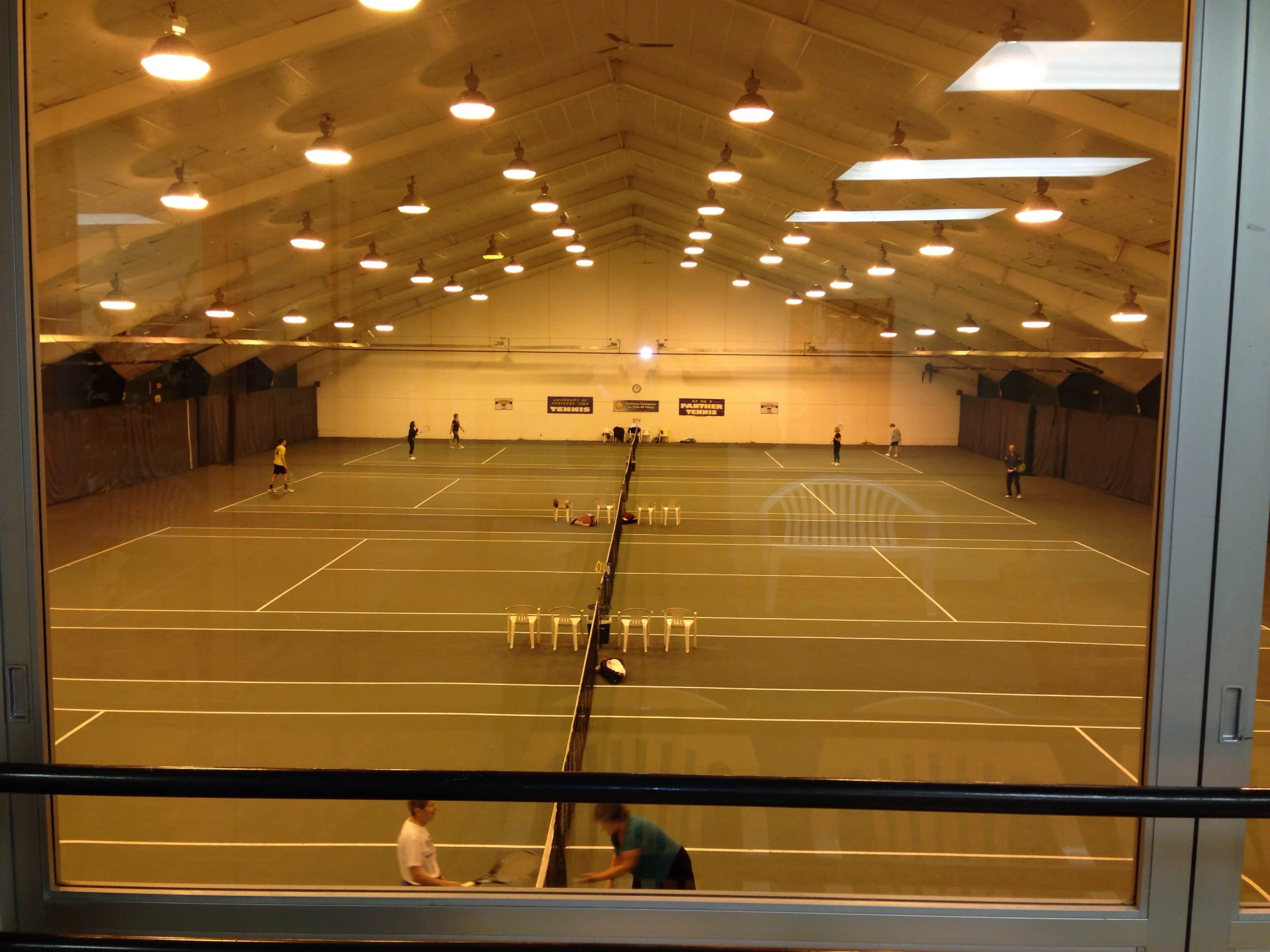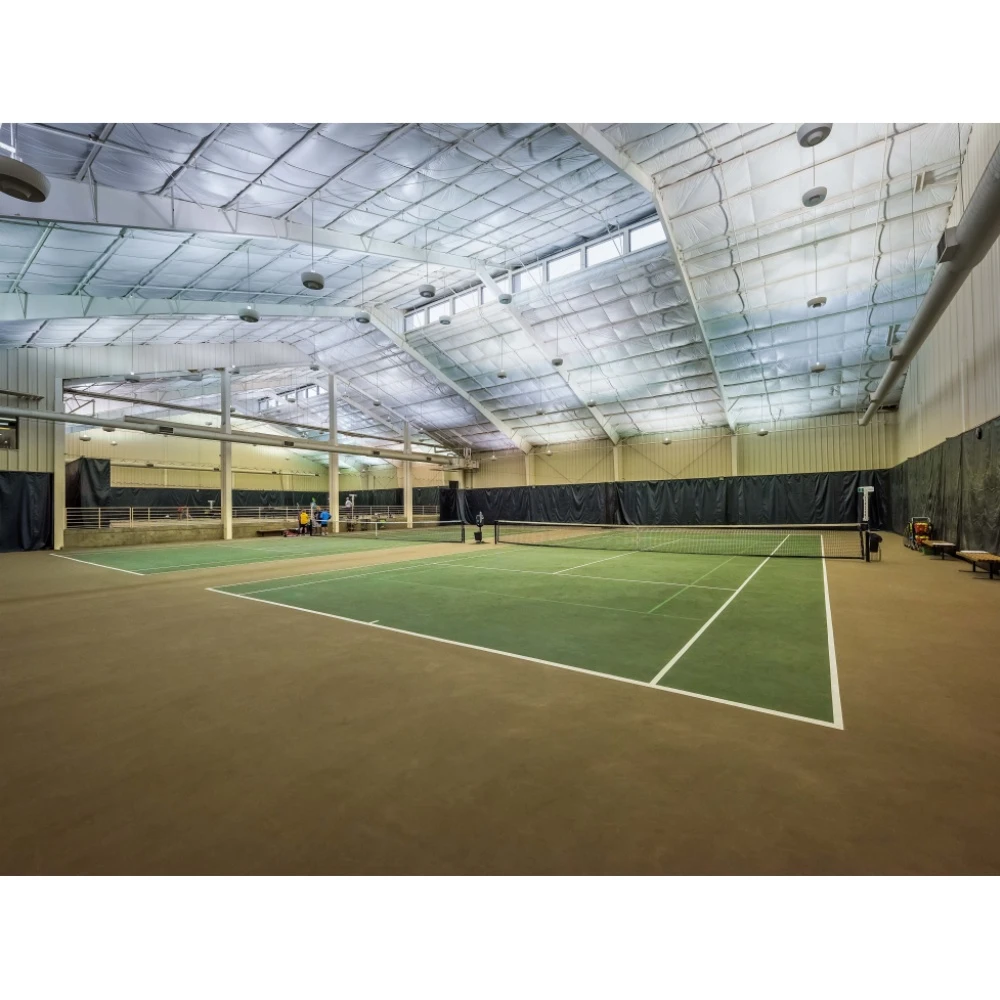- Afrikaans
- Albanian
- Amharic
- Arabic
- Armenian
- Azerbaijani
- Basque
- Belarusian
- Bengali
- Bosnian
- Bulgarian
- Catalan
- Cebuano
- Corsican
- Croatian
- Czech
- Danish
- Dutch
- English
- Esperanto
- Estonian
- Finnish
- French
- Frisian
- Galician
- Georgian
- German
- Greek
- Gujarati
- Haitian Creole
- hausa
- hawaiian
- Hebrew
- Hindi
- Miao
- Hungarian
- Icelandic
- igbo
- Indonesian
- irish
- Italian
- Japanese
- Javanese
- Kannada
- kazakh
- Khmer
- Rwandese
- Korean
- Kurdish
- Kyrgyz
- Lao
- Latin
- Latvian
- Lithuanian
- Luxembourgish
- Macedonian
- Malgashi
- Malay
- Malayalam
- Maltese
- Maori
- Marathi
- Mongolian
- Myanmar
- Nepali
- Norwegian
- Norwegian
- Occitan
- Pashto
- Persian
- Polish
- Portuguese
- Punjabi
- Romanian
- Russian
- Samoan
- Scottish Gaelic
- Serbian
- Sesotho
- Shona
- Sindhi
- Sinhala
- Slovak
- Slovenian
- Somali
- Spanish
- Sundanese
- Swahili
- Swedish
- Tagalog
- Tajik
- Tamil
- Tatar
- Telugu
- Thai
- Turkish
- Turkmen
- Ukrainian
- Urdu
- Uighur
- Uzbek
- Vietnamese
- Welsh
- Bantu
- Yiddish
- Yoruba
- Zulu
Nov . 19, 2024 15:46 Back to list
The Steel Girder Building A Testament to Modern Engineering
In the ever-evolving landscape of modern architecture, the steel girder building stands as a compelling symbol of innovation, efficiency, and durability. Constructed primarily from steel beams and girders, these structures offer unmatched strength and versatility, enabling architects and engineers to push the boundaries of design and functionality.
Historical Context
The use of steel in construction dates back to the 19th century, with the Industrial Revolution serving as a catalyst for this transformation. Initially utilized for railroad bridges and industrial buildings, steel's increasing availability and remarkable strength-to-weight ratio positioned it as a preferred material for larger and more complex structures. The introduction of the steel girder, in particular, revolutionized building techniques, allowing for taller and more open spaces that were previously unattainable with traditional materials like wood and masonry.
Design and Construction
A steel girder building typically comprises a framework of vertical columns and horizontal beams. The girders, which are horizontal structural members, support the load of the building and distribute it to the vertical columns, providing stability and strength. This framework allows for larger open spaces without the need for numerous supporting walls, making it ideal for warehouses, factories, and high-rise buildings.
The construction process of a steel girder building involves several key steps. First, the site is prepared, and foundations are laid to support the immense weight of the steel structure. Next, the steel components are fabricated in a controlled environment, ensuring precision and quality. Once manufactured, these components are transported to the construction site, where they are assembled using cranes and other heavy machinery. The speed of construction compared to traditional methods is one of the hallmarks of steel girder buildings, allowing for timely project completion and reduced labor costs.
Benefits
steel girder building

The advantages of using steel girders in construction are manifold. Firstly, steel's inherent strength ensures that structures can withstand significant loads and resist various environmental stresses, such as wind, earthquakes, and heavy snow. Furthermore, steel is non-combustible, making it an excellent choice for fire-resistant buildings.
Another vital benefit is the material's sustainability. Steel is recyclable, and many new steel constructions incorporate recycled materials, reducing the demand for virgin resources. Additionally, the use of steel girders often results in lighter structures, which can lead to reduced foundation costs and minimized soil excavation.
Architectural Flexibility
Architects appreciate the design flexibility that steel girder buildings provide. The ability to create expansive, column-free interiors opens up a multitude of design possibilities, allowing for innovative layouts and aesthetic features. This flexibility is particularly beneficial in commercial settings, such as shopping centers and office buildings, where open spaces can be tailored to meet diverse functional requirements.
Moreover, steel girders can be easily integrated with other materials, such as glass and concrete, creating stunning visual contrasts and enhancing the building's overall appeal. The modern skyline is replete with iconic structures that showcase the architectural potential of steel girders, including skyscrapers and cultural landmarks.
Conclusion
The steel girder building represents a significant advancement in construction technology and architectural design. With its combination of strength, speed, and sustainability, this type of structure is well-suited to meet the dynamic needs of modern society. As cities continue to grow and evolve, steel girder buildings will remain central to developing functional, safe, and aesthetically pleasing urban environments. From factories to skyscrapers, these steel marvels embody the spirit of modern engineering, proving that ingenuity can indeed reshape our surroundings for the better.
-
How Do Prefabricated Steel Structures Transform Modern Construction?
NewsJul.14,2025
-
How Do Prefabricated Metal Buildings Redefine Modern Construction?
NewsJul.14,2025
-
How Do Prefab Insulated Metal Buildings and Steel Structures Revolutionize Modern Construction?
NewsJul.14,2025
-
How Do Pre - Engineered Steel Structures Redefine Modern Construction?
NewsJul.14,2025
-
Advancing Modular Construction with Prefabricated Metal Structures
NewsJul.14,2025
-
Advancing Industrial Infrastructure with Prefabricated Steel Solutions
NewsJul.14,2025
Products categories
Our Latest News
We have a professional design team and an excellent production and construction team.











